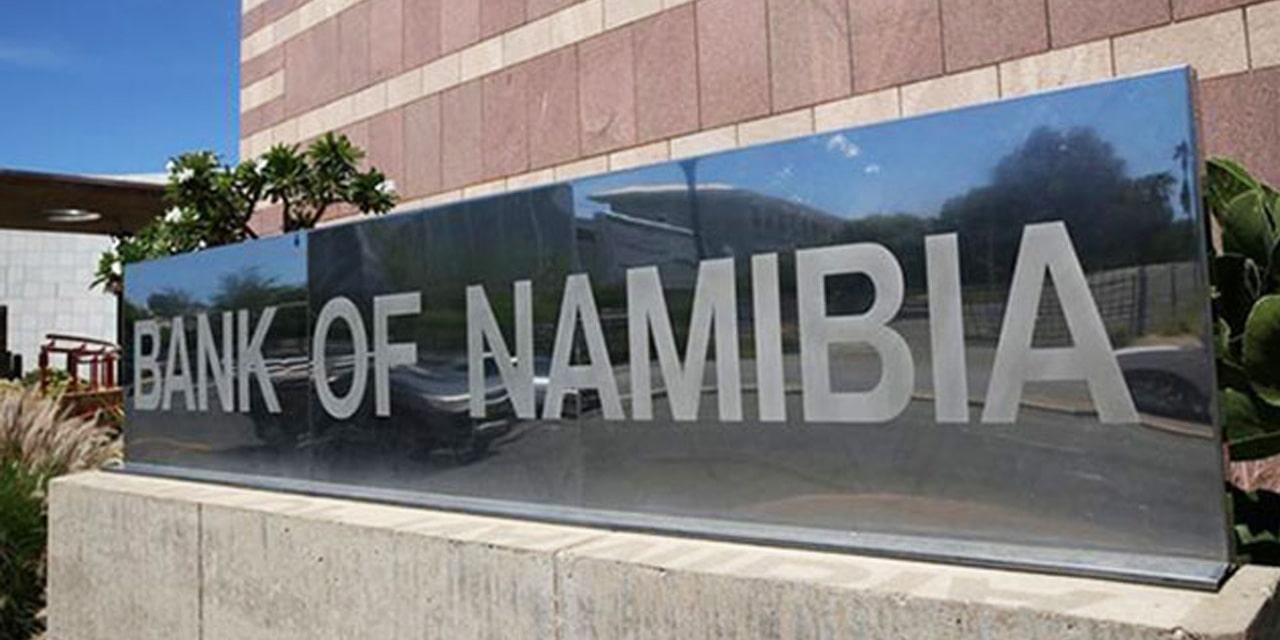Martin Endjala
Experts in the economic sphere are anticipating the Bank of Namibia to hike the repo rate by 25 basis points or more for the fourth time this year because of the prevailing inflation rate.
All eyes will be glued on the BoN headquarters in anticipation of when the Monetary Policy Committee (MPC) pronounce itself on the fate of the repo rate in Namibia later today.
Simonis Storm Economist Theo Klein is of the view that a 25-basis points hike looks very likely and would be the responsible thing to do given the current financial position of the average Namibian household.
“Two out of five Monetary Policy Committee (MPC) members might be in favour of a 50bps rate hike at the next MPC meeting on 14 June 2023, with two of the remaining three most likely favouring a 25bps repo rate hike.
“Then the remaining MPC member, who has the deciding vote, might be swayed to a 25bps hike and maintain a more conservative stance,” opined Klein.
This will take the repo rate to 7.50 percent and Klein anticipates that there won’t be further hikes for 2023 given the current information at hand.
Many people have voiced dismay towards the central bank for only concentrating on safeguarding the economy and vis-à-vis the vulnerable people.
Many believe that the BoN keeps singing the same song and they are now tired of hearing it.
People called on the central bank to come up with solutions to counter the impact of a higher repo rate on many citizens who live below the bread-and-butter line.
According to Tumelo Thudinyane, Assistant Portfolio Manager at the Old Mutual Investment Group, the MPC’s announcement will be significant because it will provide insights into the direction of the country’s monetary policy.
Thudinyane says the central bank’s tone at its previous interest rate announcement was largely unchanged from its previous stance. He said it was hawkish but largely data-dependent.
“Namibia is currently in its sixth interest rate hiking cycle since 1991. Relative to the previous hiking cycles, the current cycle is the third most aggressive in terms of the total cumulative basis points by which the BoN increased interest rates,” he said.
He indicated that the BoN has hiked its repo rate by 350 basis points over the past 18 months.
A move which he described as what the BoN has considered the most appropriate monetary policy stance to continue anchoring inflation and safeguarding the one-to-one peg to the South African Rand.
“There is no certainty as to when the current hiking cycle will end. However, the market is of the view that there will be one or two more interest rate hikes before a peak is reached and the central bank ceases with the interest rate hikes,” said Thudinyana.
In addition, Daniella Ferreira Junior Investment Analyst at Old Mutual Investment Group says in terms of the key interest rate differential between Namibia and South Africa, that the BoN has deviated from South African monetary policy and as such Namibia now has a 100 basis point differential under South Africa’s key policy rate of 8.25 percent, while, BoN maintained a 25 basis point buffer above the South African repo rate.
She emphasized that BoN’s current assessment is that risks to the inflationary outlook remain particularly skewed to the upside, with the BoN’s baseline estimates suggesting that inflation will average 6.1 percent and 4.3 percent in 2023 and 2024 respectively.
The main risk sentiments in this regard Ferreira said, emanate from the prolonged stubbornness in core inflation and second-round effects on food price inflation emanating from a weaker exchange rate.
Ferreira stated that Namibia’s economic growth performance is projected to slow down during 2023 and 2024, due to weaker global demand. Real GDP estimates have moderated downwards to three percent and 2.9 percent in 2023 and 2024 respectively.
The main risks to domestic growth are said to be monetary policy tightening globally, reduced spending powers of consumers the high costs of key import items – amid the backdrop of a weaker exchange rate.
Furthermore, money is said to flow where interest rates are higher and where there are higher interest-bearing financial instruments.
The current repo rate differential below South Africa’s repo rate may come at a cost to the economy in terms of investments and further capital flows from Namibia to South Africa, which typically become noticeable and more pronounced at a 75-basis point differential in terms of capital flows either in or out of the country.




